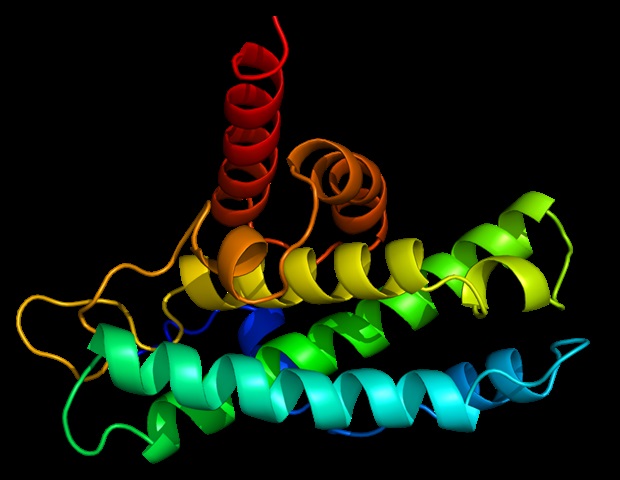Scientists have discovered a groundbreaking way to control tissue folding in developing embryos by using light. This innovation helps us understand how intricate 3D organs like the brain, lungs, and eyes form from simple flat sheets of cells. Researchers can now direct where, when, and how these tissues fold just by shining light on specific cells.

Revolutionizing Developmental Biology
Traditional studies of embryonic development relied on genetic or chemical methods. These methods often lacked precision and could not target specific locations or timings. Now, by using light, scientists gain a powerful tool for real-time manipulation of tissue shapes. This technique opens doors to new research on birth defects and organ formation. It could also pave the way for advances in regenerative medicine, where doctors aim to repair or grow tissues and organs.
Looking Toward the Future
The ability to control tissue folding on demand means researchers can better mimic nature’s processes in the lab. This breakthrough could help scientists engineer artificial organs and improve understanding of human development. As we learn more, we get closer to fighting developmental diseases and improving health outcomes for everyone.
Sources:
Source
















